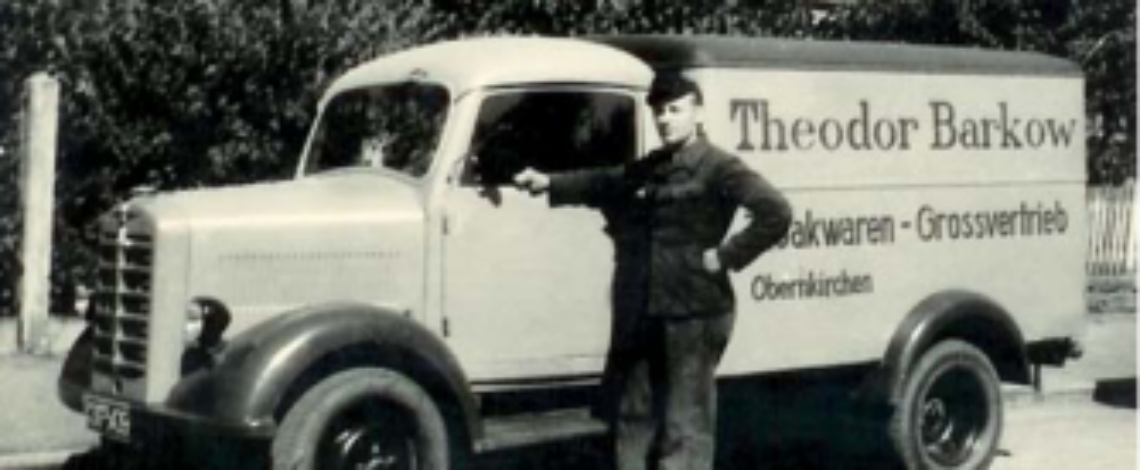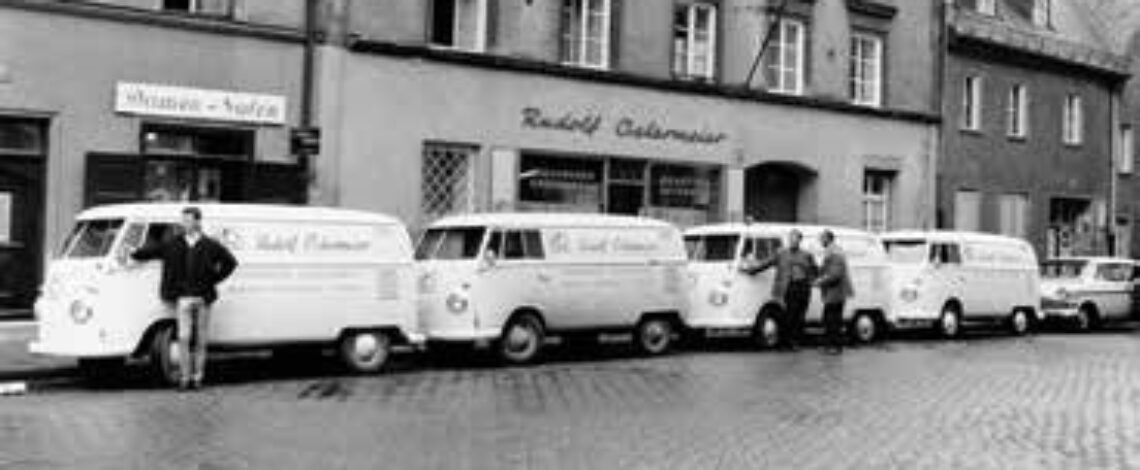One of the great strengths of the European Union is its diversity: Even if this is not always universally perceived as such, diversity fosters progress more effectively than uniformity. This diversity also exists in the trade with tobacco products within the European Union. Notwithstanding the benefits, however, this diversity also renders the task of describing in brief the commercial structures which are organized differently in each of the 27 Member States more difficult. In the following therefore, I shall focus on the highly complex similarities and tasks which are either shared and/or performed by the 3,000 larger or smaller enterprises and their around 45,000 employees which are involved in the wholesale of tobacco products in the EU.
More than 150 factories in the EU manufacture tobacco products. According to the European Commission (Special Eurobarometer 506‚ February 2021) approximately a quarter of EU citizens consume or use tobacco products such as cigarettes, cigars or pipe tobacco - that is more than 90 million people. Due to their comparatively high price, in the vast majority of cases, tobacco products are not bought by consumers in large supplies (as is usually the case with detergents, for example), but in very small quantities, such as a single pack of cigarettes, 100 grams of pipe tobacco or 40 grams of fine-cut tobacco. As a consequence, the number of retail outlets where tobacco products can be purchased is quite high, namely at around 950,000 outlets, to which some 500,000 vending machines have to be added (in most cases these are cigarette vending machines).
Therefore, the 150 or so factories in which tobacco products are manufactured are complemented by some 1.45 million points of sale where tobacco products are sold; these 1.45 million points of sale are spread more or less evenly over the 4.3 million square kilometers of the EU.
The task of tobacco wholesalers is to organize and handle the flow of goods and money between the factories and the points of sale: tobacco products have to be moved in the correct assortment, usually several times a week, from the outgoing warehouses of the factories to the wholesalers’ warehouses and from there to the individual retail outlets. The volume of this flow of goods is substantial: in total, goods with a consumer sales value of 200 billion euro (this including around 110 billion euro in tobacco taxes) are moved from the factories to the retail outlets each year (figures for the year 2020), with the corresponding return flow of money.
In the process of transporting tobacco products from the factory to the points of sale, the wholesalers ensure availability of tobacco products in their own warehouses by placing orders with the factories to match the demand, they take in orders from the individual outlets they supply and put together and deliver the ordered goods. In the other direction, the wholesalers manage the transfer of money for payment of the tobacco products to the factories, issue invoices to the outlets and monitor the payment thereof. The entire flow of payments also includes taxes and duties (which are usually paid to the state by the factories, in some cases by the wholesalers).
The entire process is a substantial logistical and organizational challenge, especially when bearing in mind that on account of the high value of the traded products, inaccuracies must not be allowed to occur at any point in the process chain.


